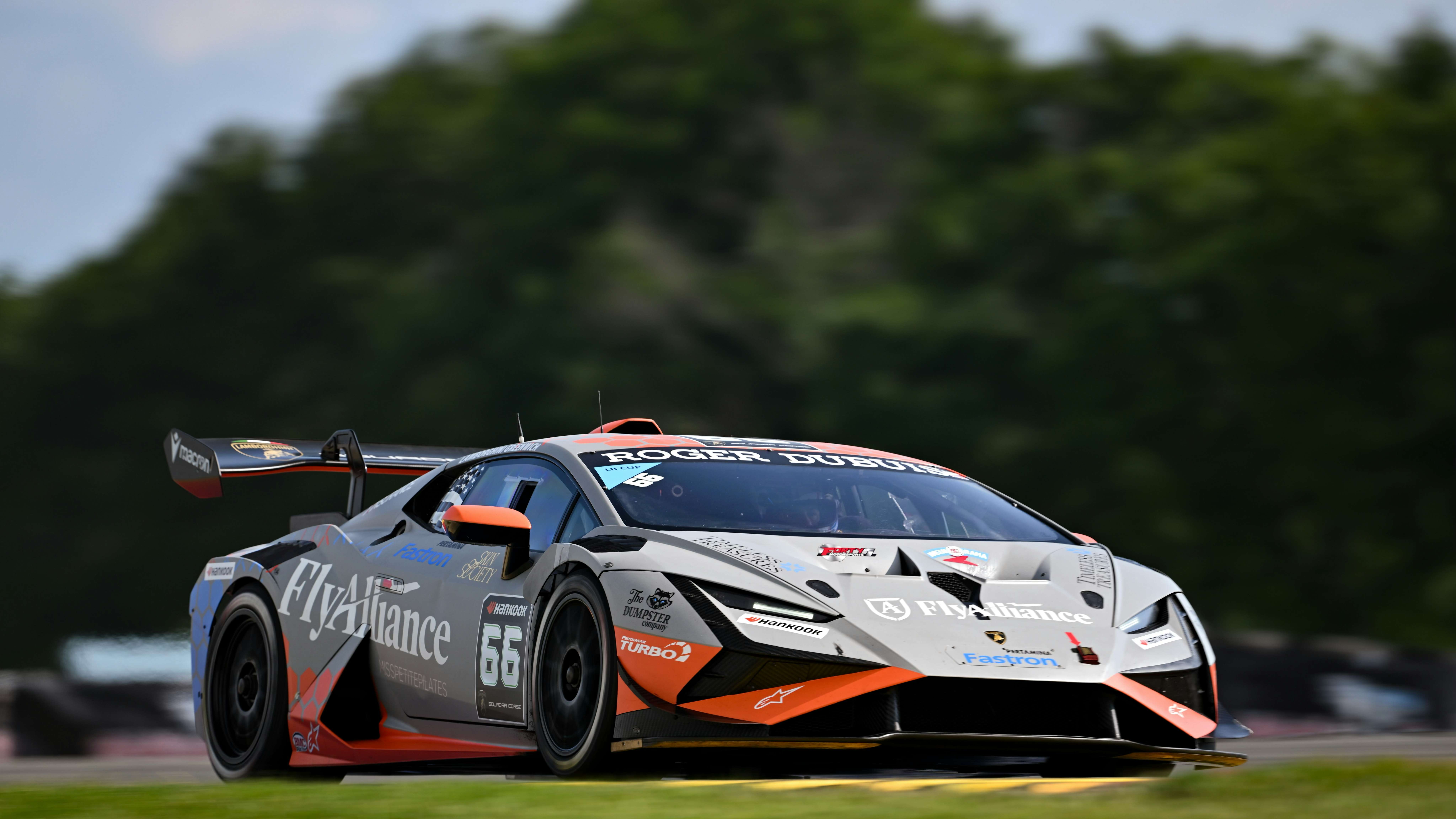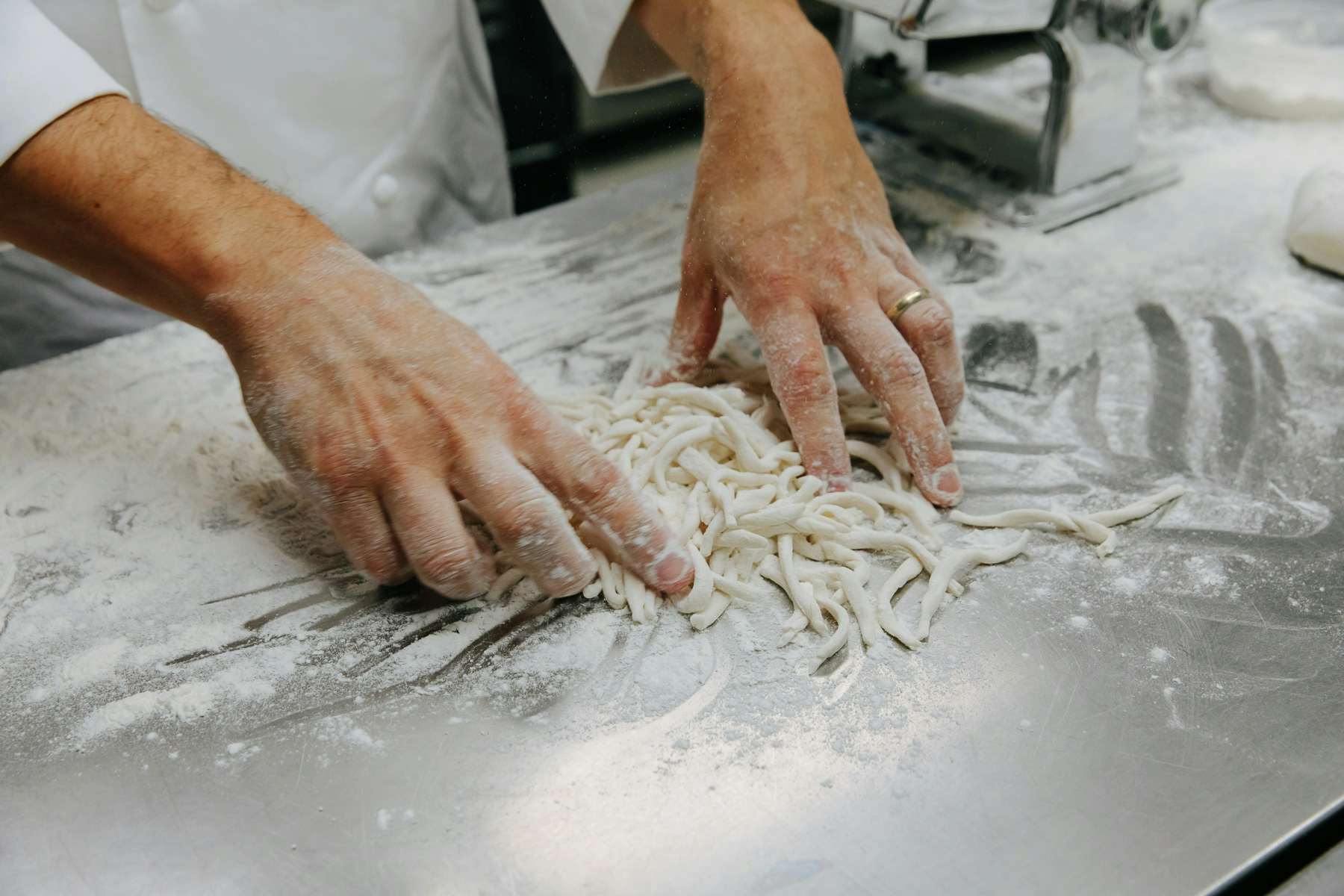
A new Chairman’s Menu is being rolled out to help underscore that for a segment of the market private jet travel is not a commodity.

Aldo Gucci of the famed fashion house once said, “The quality is remembered long after price is forgotten,” a phrase also attributed to Sir Frederick Henry Royce, co-founder of Rolls-Royce. The carmaker is also credited with the lesser known, “Take the best that exists and make it better. When it does not exist, design it. Accept nothing right or good enough.” Either would have fit in nicely at VistaJet, the global private jet operator that has carved a niche by targeting customers who want more than just a private jet.
Gucci and Royce likely would have also enjoyed the Chairman’s Menu, which VistaJet is now rolling out in North America, having launched it in Europe earlier this year. The new offering compliments its already haute cuisine, and takes it to another level, although in truth it also shines a spotlight on how far the company goes to making sure what it offers its customers is not only the very best, but memorable.
Well, pretty far. On second thought, very, very far. For the Chairman’s Menu, which needs to be ordered 15 days in advance, head of private dining Diego Sabino flies to where the customer is starting his or her flight to personally work with the private chefs who handle the majority of its catering. Yes, that’s right, he sometimes flies halfway around the world, and yes, VistaJet, whenever possible eschews traditional aviation kitchens and uses high-end private chefs who typically handle dining for special events like parties and galas at private residences.
In fact, the Chairman’s Menu was designed by Sabino in conjunction with Paolo Gorini, the private chef to Thomas Flohr, the founder and chairman of the company. Sabino, who oversees a 22-person strong London, New York and Hong Kong-based team in the private dining division says the idea of coming up with something that goes beyond VistaJet’s normal dining options was the sort of thing that comes naturally at the owned fleet operator. “Thomas started VistaJet as the antidote to inconsistent charter service and even worse catering,” he says. It already had a relationship with Nobu Matsuhisa and will source from top restaurants when clients want.
Listing of dishes from the new menu such as Veal Medallions Served With Asparagus Gratin And Fondant Potatoes or Filet of Sole Served With White Wine Caper Sauce, Venus Rice, Medley of Zucchini, Yellow Squash And Carrot Julienne or King Crab Salad Served With Siracha Sauce And Lemon Dressing are just words on paper, and while when I had a chance to try them myself and the execution was impressive, more impressive is what VistaJet does on a day-in, day out basis, and the somewhat unbelievable gymnastics it takes to make it happen.
VistaJet, which operates over 70 super midsize and large cabin long-haul Bombardier Challenger and Global Express private jets, has flown to 185 countries. With a business plan where it strives to provide its customers with a service even better than if they owned their own aircraft and the type of attention to detail they get from their office and household staffs, the company is fortunate that about 70 percent of its flights are to or from a list of about 20 key global cities.
That said, while throwing together the Chairman’s Menu may seem like a big event, sometimes supplying customers with their favorite brands is even more complicated. For example, they don’t sell Dr. Pepper in Nice or Fanta in Sardinia, so making sure those soft drinks are onboard often takes sourcing them in London or in some cases the U.S. and then having them shipped halfway around-the-world, all so when the customer gets onboard, he or she can have his or her your favorite beverage ready to go, on silver platter in crystal glasses of course.
While in major ports, Sabino can find top talent who he spends an average of two to three weeks training on the VistaJet way, in the 80% of places that make up 20% of flights, he and his team have to work around both local grants of exclusive rights to less than the best caterers as well as making sure customers get what they want. Sometimes it means flying in the meals on the ferry flight or the ingredients a day or two ahead so the local kitchen has what it needs. In other cases, it means working with customers to find satisfactory alternatives when there isn’t a good local solution, such as sourcing Chinese food in Helsinki.
It also means a focus on beyond just who is preparing the food. Sabino works with all of its private chefs and caterers vetting their supply chain, always making sure the purveyors are providing top of the line, fresh ingredients to start with. Beyond that is meeting its customers’ requirements based on allergies and religious requirements, sometimes where definitions vary. For example, gluten-free products sold in the U.S. are different than similar ones sold in the European Union.
While VistaJet has a variety of set menus, it also works to give customers whatever they want, which can sometimes be tricky. For example, a U.S. based customer may reference products from Whole Foods they want for their flight from Athens to Chicago, although there are no Whole Foods in Greece and figuring out acceptable replacements can take hours of research and days to secure, something that can become even more problematic as travelers often don’t finalize catering until 24 to 72 hours before the flight, even if they booked it weeks in advance.
Sorry to disappoint you, but much of what clients want turns out to be less Michelin and more Canyon Ranch. Common requests include personalized pressed juice mixtures of vegetables, fruits, and herbs. There is a full vegan and vegetarian menu because that’s what many customers want. That said, there are some customers who want Kentucky Fried Chicken or McDonald’s, and while that might sound easier, since even on private jets your food is precooked and then reheated onboard, in the case of fast food, it requires figuring out a nearby store and then having it delivered minutes before the passengers arrive, not always an easy task when you are flying from places like Nairobi and Baku.
VistaJet prides itself on listening to what customers want and then trying to exceed their expectations. That means for members of its jet card program, which requires at least 50 flights hours per year and a three-year commitment, when they sign up there is extensive time spent with the principal and their assistants mapping out what they like, what they hate and what they like from time to time, including by hour of the day. Next March it will launch the ability for its customers to order digitally from their laptop or desktop computers. While it currently has that facility on its app, Sabino says its patrons wanted the function integrated into a more typical web-based approach. Even so, orders are still often placed and confirmed with telephone calls, and with an international clientele, hours are spent double and triple checking to make sure that what’s ordered is what the customer intended. A biscuit in London is different than one in Atlanta.
The company spends over $500 per person on its long-haul flights – quite a few customers fly within Europe where flights are typically only one to two hours – and believe it or not, for the program customers, catering is included. Sabino says there isn’t a focus on what’s allowed or what’s not. If two people ordered 10 meals, he says, they might discuss an extra payment but he tries to be as generous as possible and says it’s not unusual for customers to under order on ultra-long-haul flights. Even for on-demand customers, he says catering is only charged at cost. “We are like a non-profit. Our group is not here to make money. We’re here to create memorable experiences.” That goes to all passengers. Earlier this year VistaJet introduced a variety of high-end in-air parties for kids.
Asked if its ultra-high net worth clientele picks VistaJet based on the food, Sabino notes the company has been growing at a 25-35% annual clip annually, well ahead of the growth of the overall market of super rich which is growing in the low single digits. “We are taking market share,” he says. Of course, VistaJet’s focus on elevated in-flight dining experience is replicated across the company from cabin interiors to stylish flight attendant uniforms and even its sleek silver aircraft with a red racing stripe. In terms of safety ratings, VistaJet is Wyvern Wingman, ARGUS Platinum and IS-BAO Stage 2.
More recently, VistaJet was in the news when it snapped up XOJET, the U.S.-based operator of 43 super-midsize aircraft and a $100 million charter brokerage and jet card business it intends to operate separately as a more value-oriented brand.
One thing for sure is for most trips, VistaJet probably isn’t often going to be one of the cheapest options. In a business where over half of Google related searches include the words “price” or “cost,” Sabino puts it this way: “Our customers don’t search for restaurants by asking for the cheapest French or Italian restaurant. They also want to make sure what they are putting in their bodies is fresh, natural and healthy. That’s what we do.” Either way, Flohr and VistaJet will continue to follow the advice of Gucci and Royce.